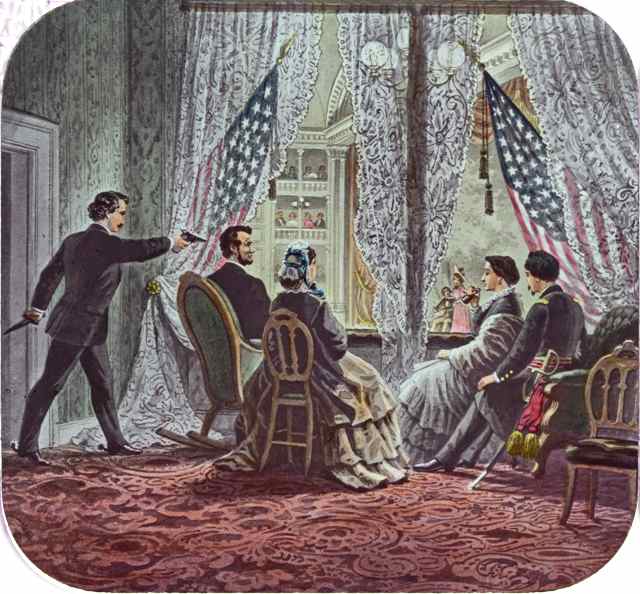
It was a lovely spring day – Good Friday – and Washington, D.C., was “delirious with joy,” in the words of one historian, despite the solemnity of the religious observance. Gen. Robert E. Lee had surrendered to Gen. Ulysses S. Grant on Palm Sunday, and the relief that comes with the end of war mixed with the exuberance of victory must have been palpable.
The news of the surrender had been announced in the nation’s capital on the previous Monday, when Secretary of War Edwin Stanton had ordered a barrage of cannon fire. The week had been celebratory. Citizens paraded and soldiers marched while bands played. Cannons boomed and fireworks exploded in the sky. Fires blazed in the street while candles burned in the windows of homes.
Four years of fratricidal bloodletting was finally reaching its end. The great calamity of a nation still not 100 years old was over.
That was 150 years ago, April 14, 1865. The month brought the end of America’s most deadly war. Estimates vary, but the most-used figure is that more than 620,000 men in the armies of the United States of America and the Confederate States of America lost their lives, more to disease than to the weapons of war. In addition, more than 475,000 were wounded. American fatalities in no other war approach the human loss the Civil War exacted.
April also brought the death of the lonely man who withstood withering criticism in the press, the insolence of incompetent military leaders (one of whom challenged him for re-election in 1864) and the burden of sending men into battle knowing they would leave their families, face danger, disease, injury and even death.
We will never know how Lincoln’s death changed American history. Would he have brought the South back into the nation without all the rancor that eventually pervaded that effort? Would he have been the first president to serve three terms? Would the freed slaves in the South have been allowed to vote?
The Abraham Lincoln who was inaugurated in March 1861 hardly resembled the man who was inaugurated for a second term just weeks before his death. His secretary, John Hay, later wrote that he was “in mind, body and nerves a very different man.” The war had exacted a cruel toll on the commander-in-chief as well as his nation.
President Lincoln started Good Friday early, as usual, reading a chapter or two of his Bible and doing some work at his desk. He ate breakfast with his wife Mary and Tad, his 12-year-old son. Afterward, he met with the speaker of the House of Representatives. Before lunch, he held a cabinet meeting to discuss what historians call reconstruction. The native Kentuckian already had ideas about how to bring the southern states back into the Union, ideas he had outlined to Gen. Grant, ideas that led to Grant’s generous terms of surrender for Lee and his dispirited soldiers.
In his second inaugural address, the nation’s 16th president had called for healing: “With malice toward none, with charity for all, with firmness in the right as God gives us to see the right, let us strive on to finish the work we are in, to bind up the nation’s wounds, to care for him who shall have borne the battle and for his widow and his orphan, to do all which may achieve and cherish a just and lasting peace among ourselves and with all nations.”
During the cabinet meeting, Gen. Grant described the details of Gen. Lee’s surrender at Appomattox Courthouse and Sherman’s campaign in North Carolina. At the end of the meeting, Grant stayed behind to tell the president he and his wife could not accept the president’s invitation to attend the theater with the Lincolns because they were taking a train to Philadelphia to visit their sons. The president likely understood that Mrs. Grant had no desire to spend the evening with the mercurial Mary Lincoln after a recent encounter.
The president took his wife on a carriage ride during the afternoon. Mrs. Lincoln later said he told her “We must both be more cheerful in the future.” After dinner, the Lincolns took their carriage and picked up Major Henry Rathbone and Clara Harris, daughter of a U.S. senator from New York. The Lincoln party arrived at 8:30, after My American Cousin had already begun.
The play stopped, and the crowd stood and cheered their triumphant president. In the third act, while the president’s guard was next door getting a drink, John Wilkes Booth entered the president’s box and shot him once in the back of the head.
The president was carried across the street and laid diagonally on a bed too small for his 6-foot-4-inch frame. Secretary Stanton took charge, dispatching updates to the newspapers and soldiers to look for Booth, who was finally found and shot to death on April 26. Doctors who attended the president tried to make him comfortable recognizing there was no hope of recovery. At 7:22 Saturday morning, April 15, his breathing stopped. Stanton asked the Lincolns’ pastor to pray, then declared, “Now he belongs to the ages.”
The nation’s euphoria of victory drowned in the tears of sorrow. The fallen president was eulogized in Easter and Passover services. Mourners stood for hours in an attempt to see his body in city after city as the funeral train made its way north to New York City, then west toward Springfield.
America’s fascination with its first assassinated president has never ebbed. Cities and counties across the country bear his name, as do many schools. Kentucky’s Lincoln County is actually named for Gen. Benjamin Lincoln, who fought in the American Revolution. But the capital of Nebraska was renamed for the fallen president two years after he died.
In 1895, Ida Tarbell, one of the first great American female journalists, wrote a 20-part biography of Lincoln for McClure’s magazine, which doubled the circulation of the monthly periodical.
Daniel Day Lewis won an Oscar for his portrayal of Abraham Lincoln in the highly successful 2012 movie produced by Steven Spielberg and Kathleen Kennedy. The story was based on the acclaimed book, Team of Rivals, by Doris Kearns Goodwin.
At Amazon.com, seven new books about the only U.S. president born within the commonwealth are being released this month alone – books about an important legal case he took on, his “secret spy,” his “autocrat” Secretary of War Stanton, his love of animals, his Springfield, Illinois, neighborhood, the confessions of his assassin, his last speech and his humor.
In 2012, historians built a tower of books about Lincoln as part of Ford’s Theater’s celebration of Lincoln’s birth. They estimated that more than 15,000 books have been written about him, more than about anyone who ever lived except for Jesus Christ.
My interest in Abraham Lincoln began in childhood. His was one of the first biographies I read. I was intrigued because he was born in Kentucky, the only president who shared part of my heritage. I was born in February, the month he was born. I memorized his Gettysburg address when I was in the fifth grade. My family and I have visited Hodgenville, where he was born; Gettysburg, the battlefield where his famous address was delivered; Ford’s Theater in Washington; and the Lincoln home, his law office and grave in Springfield, Illinois. My wife and I are members of the Lincoln Presidential Museum in Springfield and visit annually.
One of my favorite landmarks is the Lincoln Memorial in Washington. It is overwhelming to stand at the foot of the seated statue and look up at the image of the great man, surrounded by excerpts of his great speeches.
We will never know how Lincoln’s death changed American history. Would he have brought the South back into the nation without all the rancor that eventually pervaded that effort? Would he have been the first president to serve three terms? Would the freed slaves in the South have been allowed to vote?
Historians can only speculate. We will never know the answers to those and many other questions about him. But we marvel at a boy born in humble surroundings, who experienced so much personal loss in his life, had little schooling and yet grew up to be one of the most skilled leaders in the history of the Republic. Words uttered by the log cabin president are still memorized and analyzed. It is no wonder that he still casts a long shadow across the nation’s history 150 years after a crazed actor took his life.
Mike Farrell is an associate professor in the School of Journalism and Telecommunications and director of the Scripps Howard First Amendment Center at the University of Kentucky. He was a journalist for nearly 20 years at The Kentucky Post. His views are his own and not those of the university or KyForward.












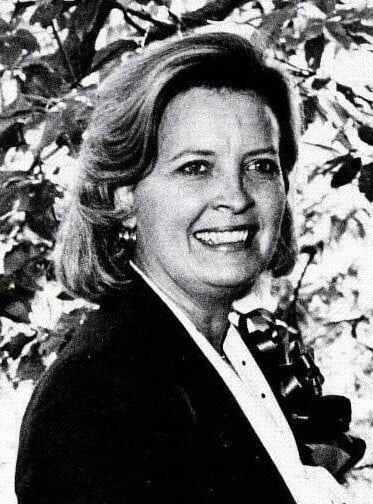


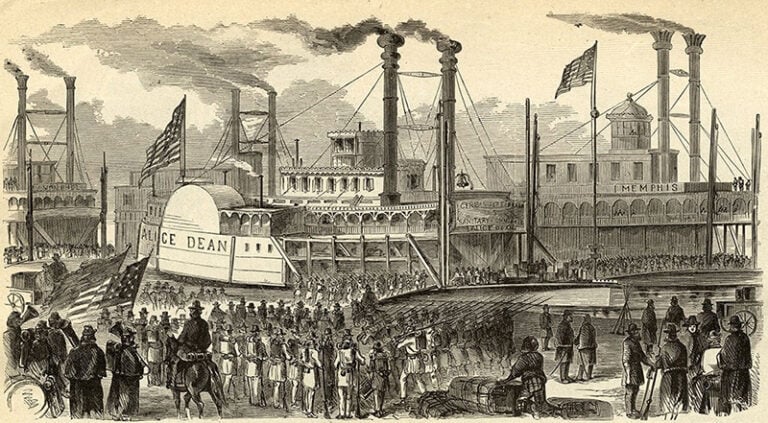


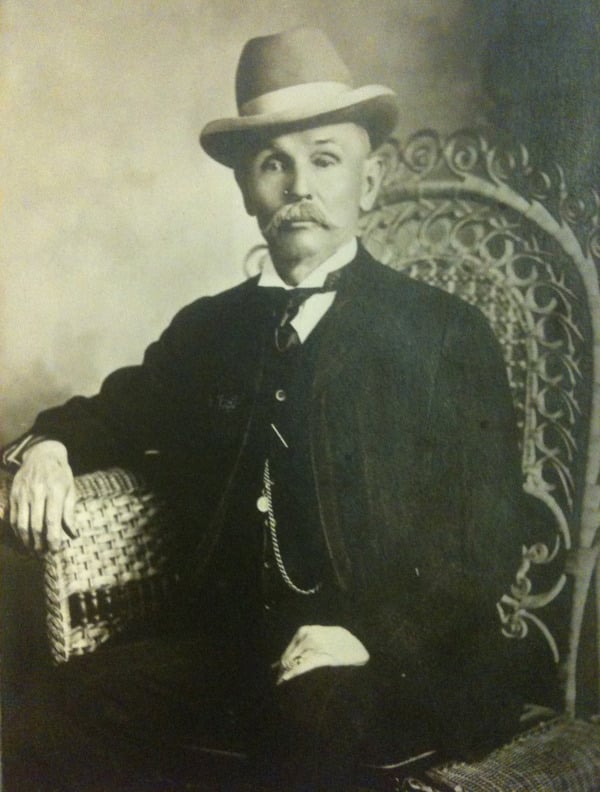
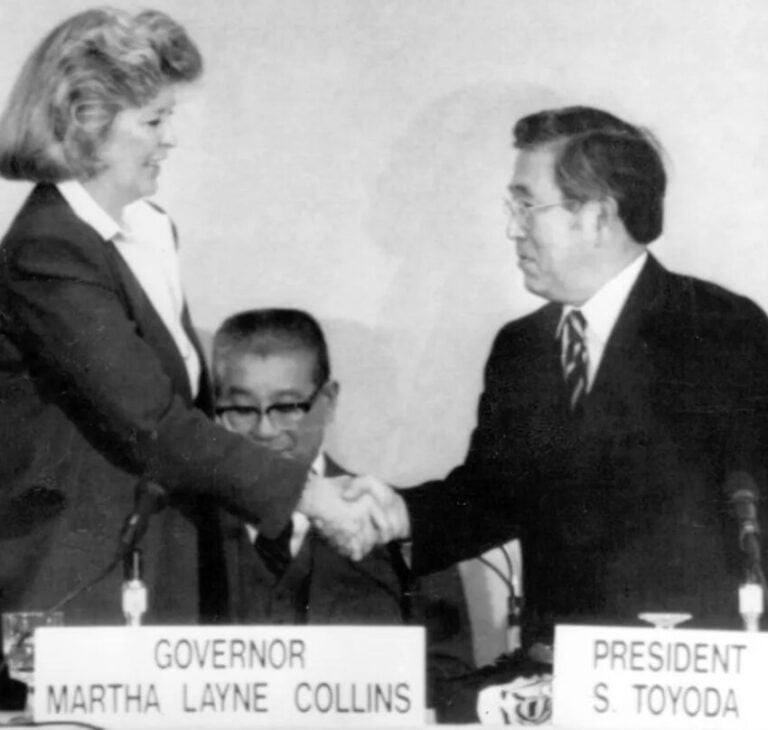



Mike, your summary of the that fateful event is touching and correct. Lincoln was a great politician, perhaps the best of any president. How he would have attempted to tackled the divisive issue of Reconstruction is indeed a question. He was as you stated, conciliatory toward the south with the goal of enticing them back into the Union as soon as politically possible. However, the Radical Republicans in Congress would have fought him as they did President Grant, who attempted to follow through on Lincoln’s wishes. Unfortunately President Andrew Johnson took the opposite approach, siding with the majority of plantation owners in the South, who would never submit to being politically led or employed in the shadow of African-Americans. They fought suffrage across the South. In the end, Lincoln’s price to preserve the Union came an unimaginable cost in lives as you point out. It also included alienating the former Confederate States, who would use their political capital and terror to maintain as much of the Antebellum culture as they could.
Thanks
Chris Burns